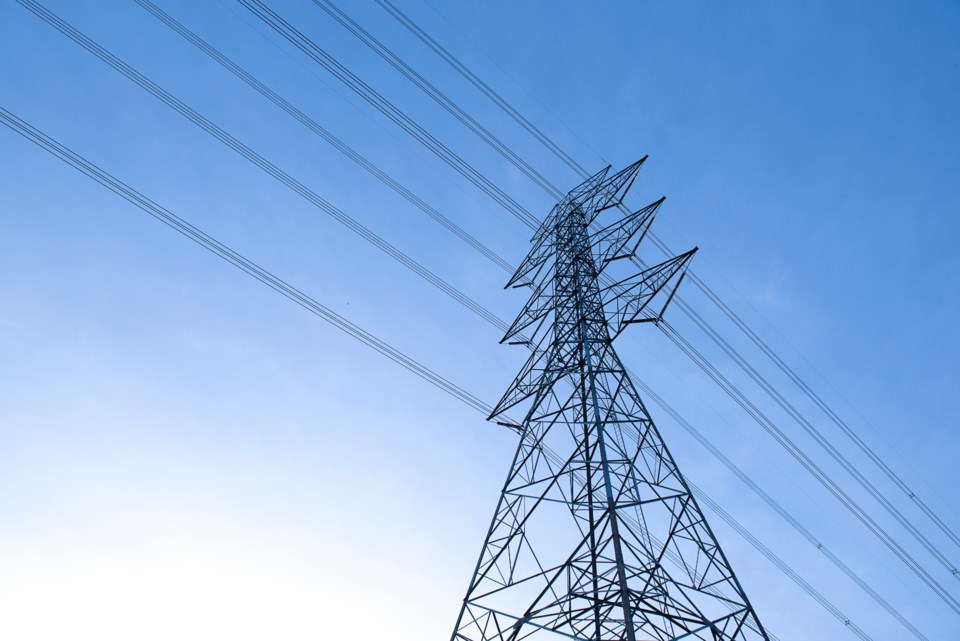Governor Greg Abbott and Lieutenant Governor Dan Patrick released a statement regarding the future of the Texas Energy Fund on July 1, 2024.
According to the statement from Abbott and Patrick, in recent testimony before the Senate Business and Commerce committee, ERCOT CEO Pablo Vegas testified that Texas may need 150,000 megawatts of power to power our grid by 2030 — only six years away.
“Currently, Texas typically has approximately 85,000 megawatts of power available counting wind, solar, coal, nuclear and natural gas,” Abbott and Patrick said in the statement. “If the new estimate is correct, the updated numbers provided by Mr. Vegas call for an immediate review of all policies concerning the grid.”
In November of last year, voters supported Senate Joint Resolution 93, establishing the Texas Energy Fund. This initiative provides a $5 billion low-interest loan program aimed at encouraging the construction of additional dispatchable natural gas plants.
Texas has already received applications totaling $39 billion, nearly eight times the available funds. Looking ahead to 2030, Abbott plans to expand the program to $10 billion to facilitate the construction of more plants at the earliest opportunity. Each plant typically requires three to four years to complete, while new transmission lines can take between three to six years.
Local Profile previously reported that ERCOT's latest report forecasts a 16% probability of an electrical grid emergency and a 12% chance of rolling blackouts in August 2024. The report indicates that Texas could experience a peak energy demand of 78,000 megawatts during this typically sweltering month, with an expected supply of 83,000 megawatts.
The Texas grid is expected to handle the increased summer power demand but could approach its capacity limits. To prevent statewide grid failure, ERCOT might implement rolling blackouts if operational energy reserves dip below 2,500 megawatts.
According to the report, the highest risk for a blackout or emergency is between 8 p.m. and 9 p.m., when solar power generation decreases and demand peaks. ERCOT also warns that grid emergencies could become more probable if wind power output is lower than usual.
Don't miss anything Local. Sign up for our free newsletter.




